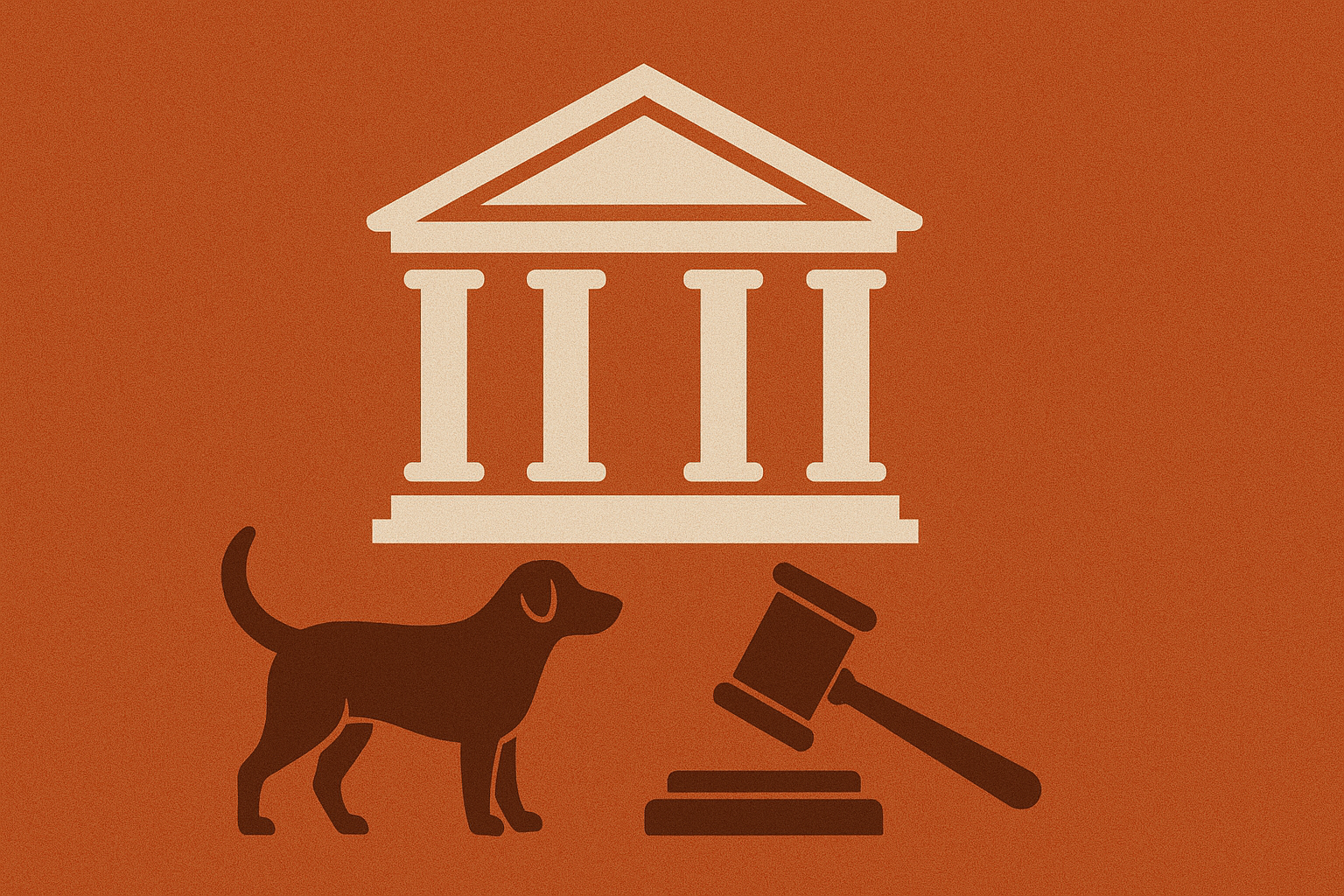
Supreme Court Redraws the Stray Dog Debate: 10 Key Changes That Balance Compassion and Safety
New Delhi: The Supreme Court on Friday, August 22, offered a course correction to the stray dog debate that has polarised cities, neighbourhoods, and courtrooms. In a detailed order, a three-judge bench comprising Justice Vikram Nath, Justice Sandeep Mehta, and Justice NV Anjaria modified its earlier sweeping directions for blanket removal of all stray dogs from Delhi NCR, calling instead for a calibrated approach rooted in public safety, compassion, and accountability.
The message was clear: the law must not oscillate between neglect and overreaction. Instead, it should chart a middle path that safeguards people while preserving dignity for animals.
From Blanket Ban to Focused Action
The biggest shift was in scope. The earlier August 11 order by a two-judge bench had mandated removal of all strays within eight weeks. This sparked alarm among animal rights activists and confusion in municipalities already struggling with infrastructure gaps. On Friday, the larger bench clarified that only aggressive and rabid dogs would be moved to shelters, ensuring that the vast population of harmless strays is not uprooted unnecessarily.
This correction signals judicial maturity — acknowledging that not every community dog is a threat, and indiscriminate removal creates more problems than it solves.
Feeding with Discipline
The Court also sought to bring order to one of the most contentious aspects of stray management — feeding. It ruled that feeding will be permitted only at designated points to be identified by municipal authorities. The intention is simple: balance compassion with civic order. While animal lovers can continue feeding, it will not be at the cost of public nuisance or health hazards.
In a city where parks, pavements, and housing colonies have turned into flashpoints between feeders and residents, this direction gives a clear legal roadmap.
Vaccination, Sterilisation, and Return
In continuity with past judicial precedents, the Court reiterated that stray dogs picked up for vaccination or sterilisation must be released back to their original localities. This maintains the Animal Birth Control (ABC) Rules as the cornerstone of population management. It recognises that sustainable solutions lie in science, not knee-jerk relocation.
Adoption as a Legal Pathway
In a progressive move, the Court opened doors for adoption. Animal lovers can now formally approach authorities to adopt shelter dogs. This not only gives abandoned animals a chance at a better life but also eases the burden on shelters.
National Implications
Perhaps the most far-reaching aspect of the ruling is its extension nationwide. What began as a Delhi NCR-centric case will now evolve into a national policy framework. States and Union Territories have been impleaded, and similar petitions pending in High Courts will be transferred to the Supreme Court.
This reflects the Court’s recognition that stray dog management is not a localised skirmish but a national urban governance issue requiring uniform standards.
Accountability and Infrastructure
The Court also turned its attention to accountability. Every individual petitioner has been directed to deposit Rs. 25,000, and NGOs Rs. 2 lakh, with the registry. This measure aims to discourage frivolous litigation in an already sensitive and emotionally charged matter.
Municipalities, meanwhile, were reminded of their responsibility to continue building and maintaining shelter infrastructure, as required under earlier orders.
A Ban on Public Feeding
The Court’s strongest language was reserved for indiscriminate public feeding of dogs. It warned that feeding on streets, pavements, or public areas is not acceptable, reiterating that such practices lead to conflicts, accidents, and health concerns. Action will be taken against violators.
Looking Ahead
The matter will be heard again after eight weeks, with the bench seeking progress reports on sterilisation, vaccination, shelter management, and enforcement of feeding restrictions.
The Supreme Court’s order acknowledges a fundamental truth: stray dog management is neither about blind compassion nor blanket exclusion. It is about weaving public safety, urban discipline, and humane treatment into a workable framework. For citizens, municipalities, and animal lovers alike, the ruling is both a reprieve and a responsibility.
As India’s cities grow more crowded, the stray dog issue is a mirror of our urban governance challenges: messy, emotional, but solvable with the right mix of discipline and empathy.


